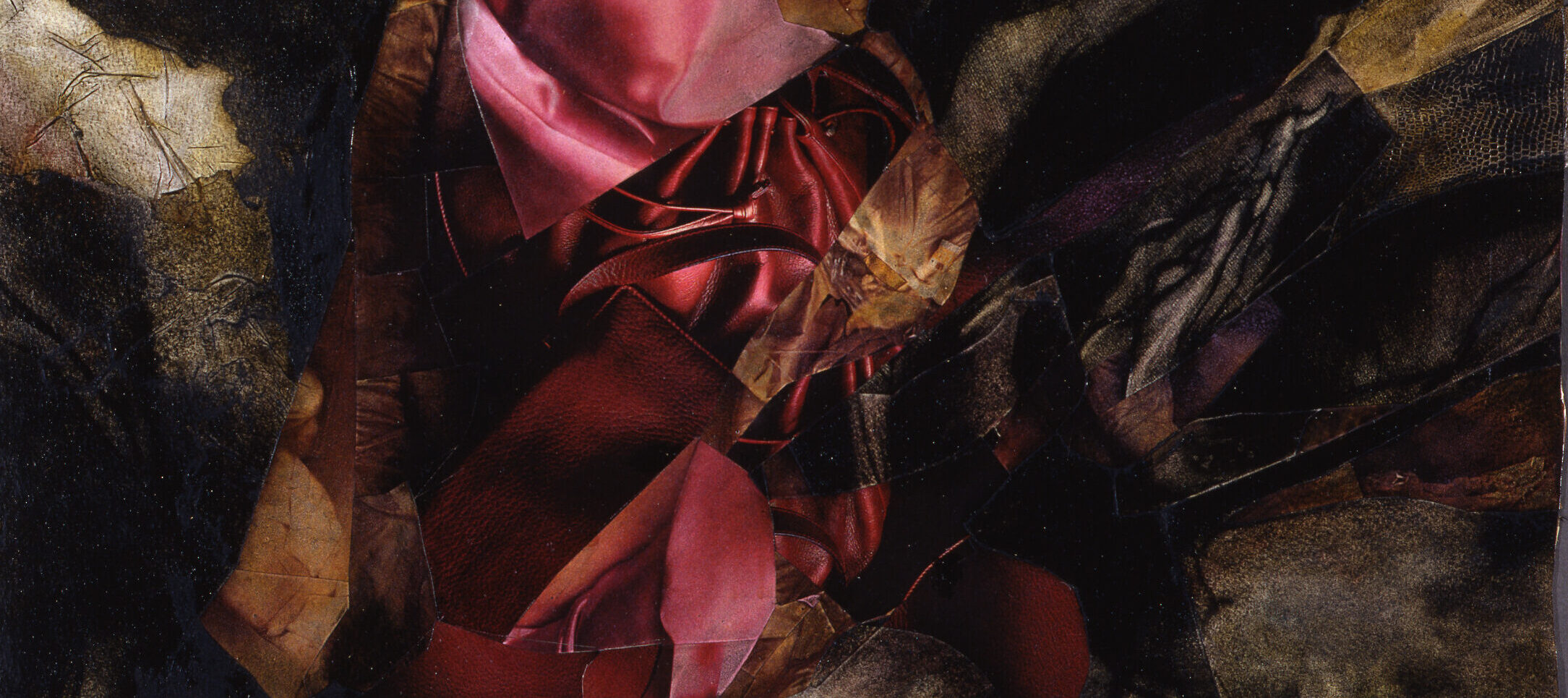NMWA and the International Council for Women in the Arts (ICWA) are pleased to present the exhibition Forces of Change: Artists of the Arab World, which brings together works by seventy accomplished modern painters and sculptors from fifteen Arab countries. The exhibition includes 160 works by 70 artists from 15 countries: Algeria, Bahrain, Egypt, Iraq, Jordan, Kuwait, Lebanon, Morocco, Oman, the Palestinian West Bank and Gaza, Saudi Arabia, Syria, Sudan, Tunisia, and the United Arab Emirates. It also includes work by artists of Arab origin living in the United States and Europe.
The Arab today is a citizen of one of twenty-one states in the Near East and North Africa. While Arabs share a history, culture, and language, the Arab world is extensive, with a population of over 250 million people, and exceedingly diverse. It encompasses a wide range of ethnic groups, religious sects, and political interests. Consequently, Arab artists today draw from an accumulation of sources, the art of Islam being only one of them. Among the many other influences are prehistoric art and the ancient cultures that developed throughout the Arab world: Pharaonic, Sumerian, Byzantine, and African.
Recognizing the region’s rich history, major art exhibitions in the West almost exclusively treat the ancient art of centuries past, while modem Arab women are portrayed as keepers of the traditional forms repeated in textiles and embroidery. By contrast, this exhibition highlights the contributions of Arab women to a flourishing, vibrant, and modern civilization that exists in the region, as an antidote to the standard portrayal of Arab women as the passive victims of unchanging traditions, an image that is as unreal as that of the women who peopled the harems of Western imagination a century ago.
For the first time, this ground-breaking exhibition presents Arab women as eloquent interpreters of the contemporary experience. The art on display amply demonstrates their growing self-awareness rooted in admiration, revulsion, and resistance: signifying a recognition of the complexities of their history and of the wider world they inhabit. Arab women artists are seizing the moment to make an imprint upon the forces of change in their lives. Their art, created in celebration of life and in mourning for the destruction which surrounds them, confronts and alters the cultural constructs that stimulate the senses.
At the dawn of the 21st century, we have yet to unveil our minds to explore and appreciate the art of the “other” for what it is and not what we conceive it to be, in spite of the advances in mass communication. The artists in this exhibition empower the audience to appreciate and explore, break the barriers, and open the door to intercultural dialogue. The art is there to be admired, to evoke outrage or amusement, to elicit emotion and response. Most of all, it is there to communicate.

Installation image of Forces of Change: Artists of the Arab World
